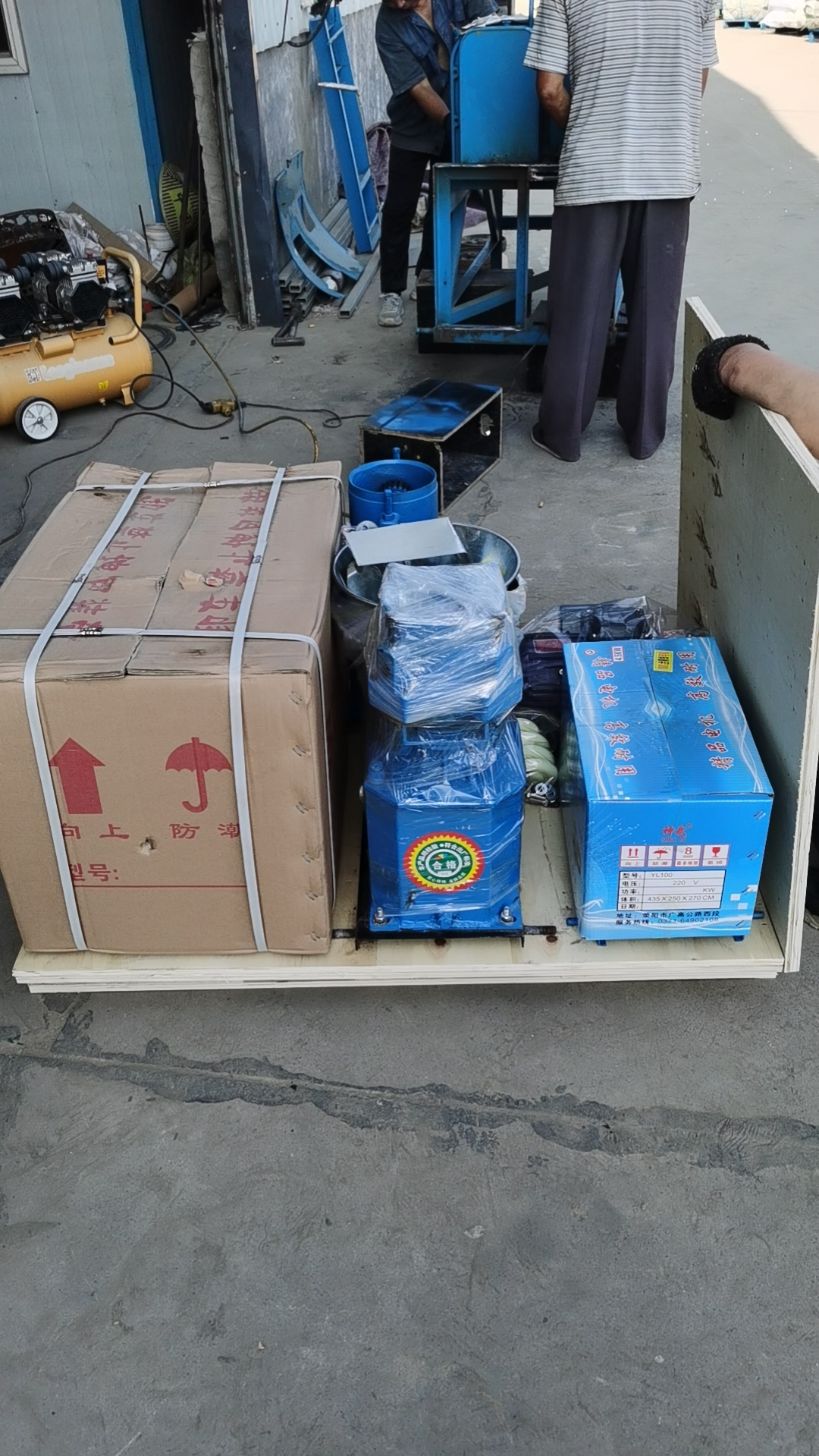Efficient Cooling Solutions for Feed Pellet Production and Quality Enhancement
Nov . 27, 2024 00:12 Back to list
Efficient Cooling Solutions for Feed Pellet Production and Quality Enhancement
Enhancing Feed Quality with Pellet Coolers
The production of high-quality animal feed is critical for the livestock industry. Among the various processes involved in feed manufacturing, pellet cooling is a crucial step that directly impacts the nutritional value, storage stability, and overall quality of the feed pellets. The introduction of pellet coolers has revolutionized this aspect of feed production.
Pellets are formed when raw feed ingredients are subjected to heat, pressure, and moisture during the pelleting process. Following this, the pellets exit the die at elevated temperatures, which can exceed 80 degrees Celsius (176 degrees Fahrenheit). If left untreated, these hot pellets can lead to various issues, including spoilage and nutrient degradation. This is where pellet coolers play an essential role by efficiently reducing the temperature of the feed pellets while preserving their quality.
Understanding the Functionality of Pellet Coolers
Pellet coolers utilize air or water to dissipate heat from the fresh pellets. There are two main types of pellet coolers counter-flow and cross-flow. In counter-flow coolers, the cooler ambient air flows in the opposite direction to that of the pellets, allowing for a more effective heat exchange. On the other hand, cross-flow coolers feature air flow that is perpendicular to the pellet flow, which can also be effective but may not match the efficiency of counter-flow systems.
Most modern pellet coolers are equipped with advanced features that enhance their performance. For instance, adjustable air intake mechanisms allow operators to control airflow and optimize the cooling process. Additionally, some coolers are designed with integrated dust collectors, which minimize the loss of fine particles during cooling and ensure that the feed retains its desired consistency.
The Benefits of Cooling Feed Pellets
feed pellet cooler

1. Nutritional Preservation The cooling process helps to stabilize the nutrients within the pellets. High temperatures can degrade vitamins, amino acids, and other essential nutrients. By reducing the temperature swiftly, pellet coolers help to retain the feed’s nutritional profile, ensuring that livestock receive the optimal diet for growth and productivity.
2. Improved Feed Storage Hot pellets are more susceptible to spoilage and can foster the growth of molds and bacteria. By cooling pellets quickly, feed coolers reduce the moisture content, thereby extending the shelf life of the feed. Producers can store larger quantities of feed without worrying about quality deterioration, which is particularly vital during times of high feed demand.
3. Enhanced Flowability Properly cooled pellets are less prone to caking and clumping during storage and transportation. This property is essential for ensuring that feed can be easily handled, mixed, and fed to animals without causing blockages or wastage in feeding equipment.
4. Energy Efficiency Modern pellet coolers are designed to operate with reduced energy consumption, which can result in significant cost savings for feed manufacturers. Many units employ heat recovery systems that capture and reuse some of the thermal energy produced during the cooling process, thereby reducing operational costs.
5. Environmental Safety By efficiently cooling pellets, manufacturers can minimize the release of heat and moisture into the environment. This contributes to a more sustainable production process, reducing the ecological footprint of the feed manufacturing industry.
Conclusion
In summary, the implementation of feed pellet coolers is an integral component of modern animal feed production. By ensuring that pellets are cooled effectively, manufacturers can enhance the nutritional value, storage stability, and overall quality of their products. As the feed industry continues to evolve, investing in advanced cooling technology will prove essential for producers seeking to meet the demands of a growing livestock sector while maintaining high standards of quality and sustainability.
-
Automatic Feeding Line System-Pan Feeder Nipple Drinker|Anping County Yize Metal Products Co., Ltd.
NewsJul.29,2025
-
Hot Sale 24 & 18 Door Rabbit Cages - Premium Breeding Solutions
NewsJul.25,2025
-
Automatic Feeding Line System Pan Feeder Nipple Drinker - Anping County Yize Metal Products Co., Ltd.
NewsJul.21,2025
-
Automatic Feeding Line System Pan Feeder Nipple Drinker - Anping County Yize Metal Products Co., Ltd.
NewsJul.21,2025
-
Automatic Feeding Line System - Anping Yize | Precision & Nipple
NewsJul.21,2025
-
Automatic Feeding Line System - Anping Yize | Precision & Nipple
NewsJul.21,2025






